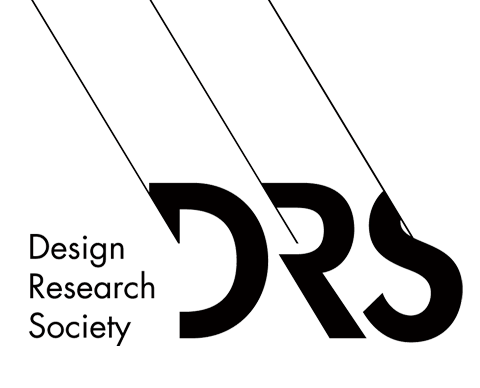Abstract
In an increasingly technology-mediated world, agonistic design seeks to support agency over convenience in an attempt to give the user more determination over the technologies which may adversely affect them. This paper explores the experimental integration of agonistic design principles into an Interaction Design Masters course to address the emerging harms of algorithmic decision systems (ADS). Conducted with Interaction Design Master’s students at a Swedish University, the intervention introduced agonistic design through a seminar, tutorials, and projects which move from ideation, to prototyping, ending with public exhibition and reflection exercise. Drawing on frameworks supporting democratic design and constructive disagreement, the course challenged students to balance critical perspectives with practical design considerations. While challenges in adoption persisted, the experiment demonstrated its potential to foster critical engagement with emerging technologies. The findings inform future efforts to develop toolkits and promote sustainable socio-technical practices in design education and beyond.
Keywords
agonistic design; algorithm; HCI; interaction design; AI; automation; agonism; defuturing
DOI
https://doi.org/10.21606/nordes.2025.3
Citation
Collins, R., Acharya, A.T., van Wijland, T., Zhang, H., Redström, J.,and Rozendaal, M.C.(2025) Agonistic Design In Practice: Introducing Agonism to Interaction Design Pedagogy, in Morrison, A., Culén, A. & Habib, L. (eds.), Nordes 2025: Relational Design, 6-8 August, Oslo, Norway. https://doi.org/10.21606/nordes.2025.3
Creative Commons License

This work is licensed under a Creative Commons Attribution-NonCommercial 4.0 International License
Conference Track
Full Papers
Included in
Agonistic Design In Practice: Introducing Agonism to Interaction Design Pedagogy
In an increasingly technology-mediated world, agonistic design seeks to support agency over convenience in an attempt to give the user more determination over the technologies which may adversely affect them. This paper explores the experimental integration of agonistic design principles into an Interaction Design Masters course to address the emerging harms of algorithmic decision systems (ADS). Conducted with Interaction Design Master’s students at a Swedish University, the intervention introduced agonistic design through a seminar, tutorials, and projects which move from ideation, to prototyping, ending with public exhibition and reflection exercise. Drawing on frameworks supporting democratic design and constructive disagreement, the course challenged students to balance critical perspectives with practical design considerations. While challenges in adoption persisted, the experiment demonstrated its potential to foster critical engagement with emerging technologies. The findings inform future efforts to develop toolkits and promote sustainable socio-technical practices in design education and beyond.

